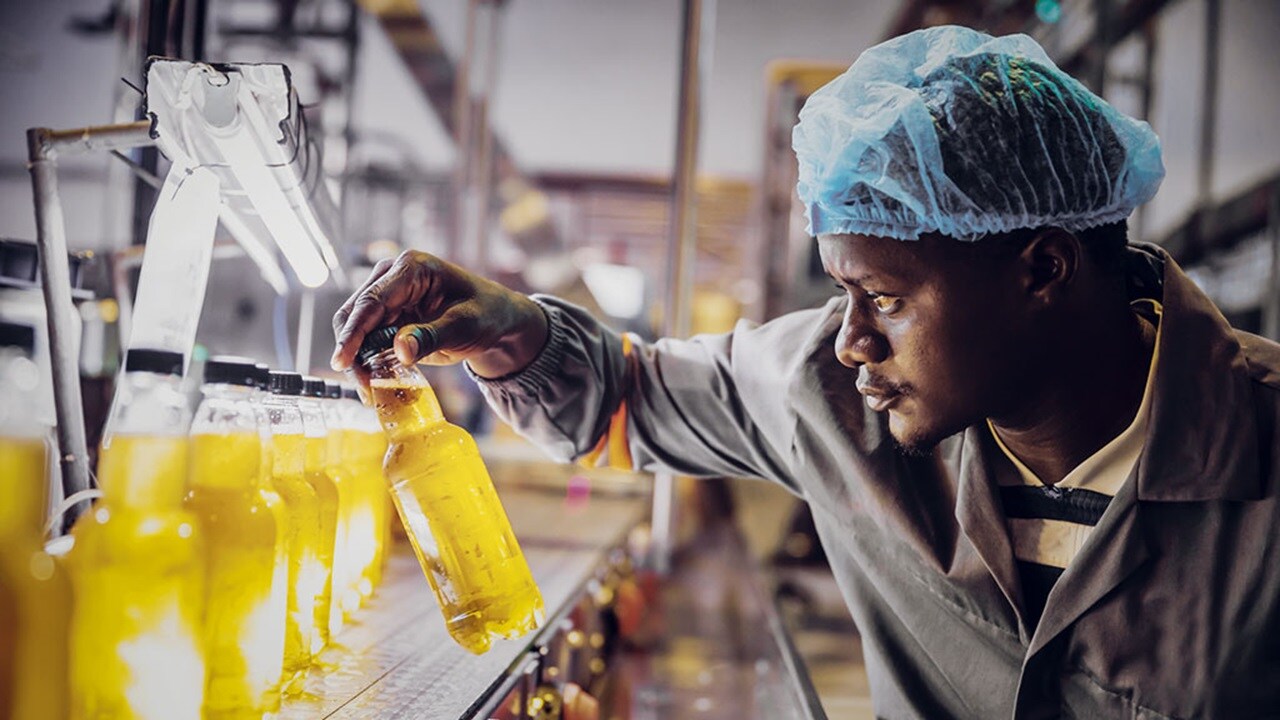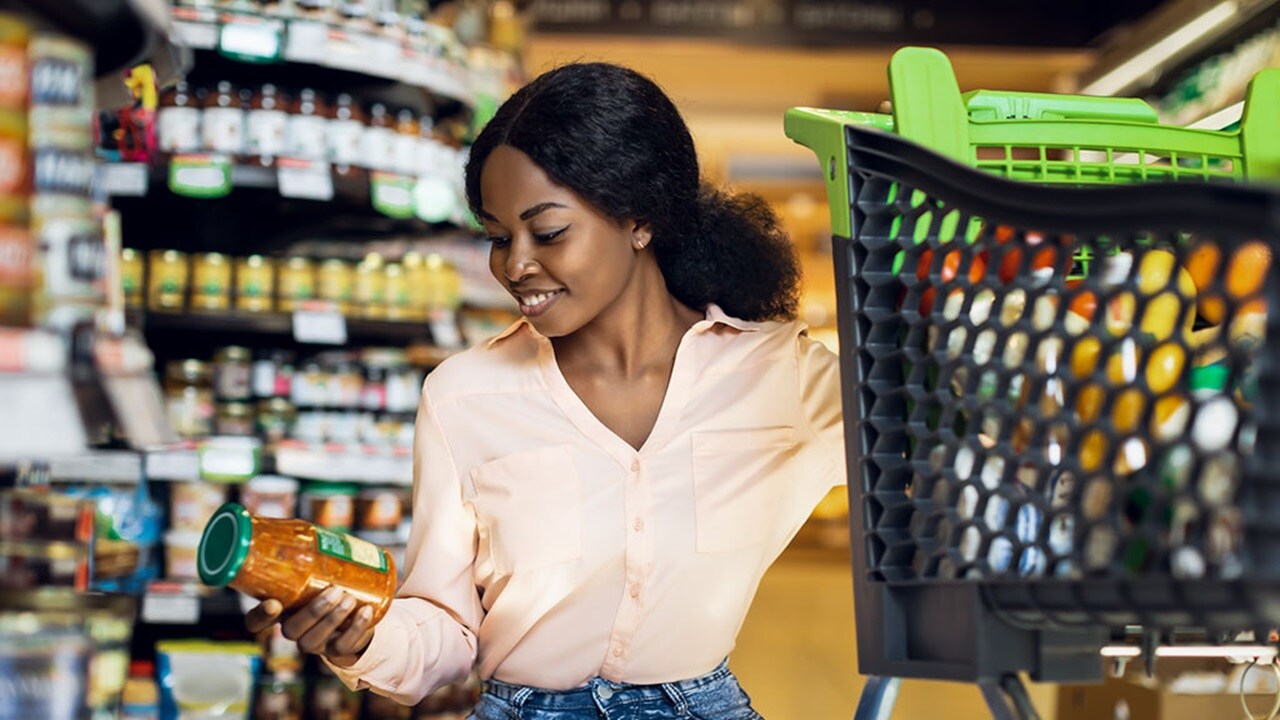Product packaging may not be something that comes to the immediate forefront of consumer brains when tucking into their favourite snack or opening the latest must-have, but the industry has undergone radical changes in recent times.
Gone are the days when single-use plastics were an accepted form of packaging for just about any product; and as the general public becomes more and more aware going forwards, companies need to move with the times or risk being on the wrong side of the ethical compass.
In fact, according to WestRock’s survey, 65% of consumers said the recyclability of a package impacts their product satisfaction, while over 50% of consumers would actively pay more for packaging made from recycled materials.
That much hasn’t gone unnoticed by the biggest FMCG companies in the world, either, and we’re seeing businesses race to not only hit ambitious targets with packaging, but also make sure their efforts are seen and heard worldwide.
Improved packaging across the board should be good news for just about everyone, but how are companies achieving these benefits and where does logistics come into it? Here, we dive into three recent trends to find out.
Trend 1: Innovation using recycled materials
Cast your mind back to the last time you ate your go-to chocolate bar or had a drink of your bottle of choice – did the packaging you were holding feel the same as usual? The chances are that at least once in recent years you’ve felt that something is slightly different.
That’s because businesses around the world are on a mission to reduce their environmental impacts, and as packaging is traditionally a heavy contributor to a food or beverage company’s environmental footprint, it’s an ideal place to start.
Technological advancements mean that manufacturers can now be less reliant on virgin plastics and instead innovate using recycled materials, and we’re seeing a lot of businesses committing to new packaging.

Leading food company Danone, for example, is pushing towards a fully ‘circular economy of packaging’ whereby 100% of the packaging they use is reusable, recyclable or compostable – and as of 2021, they’re 84% of the way there.
Elsewhere, meanwhile, some are looking to revolutionise this space. Alcohol brand Bacardi recently launched a 100% biodegradable and plant-based liquor bottle to replace 3,000 tons of plastics annually.
Additive manufacturing (3D printing) is now being considered for use in packaging to not only reduce waste by extending shelf life, but also as a means of prototyping the latest ideas. GlobalData analyst, George Henry, further explains the benefits of the innovative technology (Packaging Gateway):
“Rot-reducing coatings, such as polysaccharide-based films, may also serve as a way to extend the shelf life of fresh food. Advanced materials offer an alternative method to reduce waste as well as consider new resources. Rocketing inflation and the cost of living crisis has spiked raw material and energy costs, leaving packaging providers vulnerable so soon after the pandemic. The cheaper cost of 3D printers today offers manufacturers the flexibility to attempt new ways of working – especially when dealing with prototyping.”
However, there’s still a long way to go before new packaging is a fully functioning and circular ecosystem. Plus, businesses are also seeing a number of trade-offs when adopting such materials into operations.
Just less than 60% of respondents in ING Research’s survey said that cost was the biggest compromise in alternative packaging, while 31% questioned the product protection and 30% the quality. For example, 100% recyclable Polyethylene Terephthalate (PET) trails behind virgin plastics in terms of availability but would also cost a European manufacturer as much as 20% more to opt for PET bottle packaging.
In terms of logistics, more advanced and typically lighter packaging can have a positive impact in a number of ways, but chiefly through companies being able to optimise their payloads and subsequent fuel efficiency in transit.
As time moves on and materials become more readily available, advanced packaging can also have an impact on the likes of handling efficiency and storage optimisation – ultimately making supply chains function with more fluidity.
Trend 2: Smart packaging on the rise
Another recent revolution has been the growth of ‘smart packaging’ incentives, which can now be used to monitor the conditions of perishable food products and medication during transit to reduce the risk of waste.

The technology previously worked through Radio Frequency Identification (RFID) sensors sending data of a package’s content to nearby devices, all to predominantly assist with inventory management. Now in 2023, advancements have been made for further improvements.
Case Western Reserve University in Ohio, USA, have developed a ‘desiccant-based triboelectric nanogenerator’ (D-TENG) product that monitors temperature fluctuations, moisture changes and pathogens in perishable food products in transit.
The system is self-powered remarkably by vibrations during transportation and can detect if a shipment is under threat of being spoiled. And given the astonishing levels of food waste observed around the globe every year, the technology could well reshape supply chain fundamentals.
“If this works well, everyone stands to benefit,” said Chanyong Cao, an assistant professor at Case Western Reserve. “About one-third of all food produced for human consumption gets lost or wasted—roughly 1.3 billion tons of food each year. Our solution could significantly reduce spoilage, cut costs and ensure food safety. While some modern transport companies already use sensors to record temperature, humidity and carbon dioxide, the traditional batteries required to operate those systems are costly, heavy and can contribute to environmental pollution.”
As well as limiting food waste and leading to potentially lower environmental impacts, smart packaging can also reduce energy use through various other means. Better visibility of products throughout the supply chain can reduce the risk of over or understocking in any particular area, and therefore limit the need for additional transportation.
In some instances, packaging itself can also be temperature controlled, which would reduce the energy consumption needed from external entities.
Trend 3: ‘Shrinkflation’
Shrinkflation’ is the practice of making products – such as food stuffs – physically smaller while maintaining previous price levels, and recently a number of companies have been hitting headlines for all the wrong reasons in this area.

So why are companies feeling the need to reduce product sizes and risk customer dissatisfaction? A spokesperson for Mars Inc. says that inflation has been the catalyst for this ‘necessary’ change (BBC):
"We have been actively trying to find ways to absorb the rising costs of raw materials and operations, as we know the increase in the cost of living has impacted both consumers and businesses. Unfortunately, the growing pressures mean that more needs to be done."
Despite the potentially negative external impacts of making products smaller, ‘shrinkflation’ can have many logistics benefits for companies themselves. This includes the likes of cutting manufacturing and packaging costs/materials, optimising efficiency in transportation with more units able to move in a single shipment, and reducing storage space and costs in warehouses.
However, changing packaging sizes isn’t without its logistics complexities, particularly in FMCG where there are traditionally a lot of moving parts both up and downstream. Add that to the potential reputational damage that shrinkflation brings, and it’s clear that there needs to be an imperative business case before companies go down this route.
Sign up to The Logistics Pulse newsletter
You did it, welcome onboard!
We're sorry, but there was a problem sending your contact request.
Please review the form fields and ensure all required information is provided correctly. If the issue persists, please contact our support team for further assistance.
Sign up to The Logistics Pulse newsletter
Receive our insights directly in your mailbox by signing up through this form and enter a world of truly integrated logistics. Get inspired by our selection of articles that help you navigate supply chains, understand industry trends, and shape your logistics strategy. You can unsubscribe anytime.
I agree to receive logistics related news and marketing updates by email, phone, messaging services (e.g. WhatsApp) and other digital platforms, including but not limited to social media (e.g., LinkedIn) from A. P. Moller-Maersk and its affiliated companies (see latest company overview). I understand that I can opt out of such Maersk communications at any time by clicking the unsubscribe link. To see how we use your personal data, please read our Privacy Notification.
By completing this form, you confirm that you agree to the use of your personal data by Maersk as described in our Privacy Notification.













